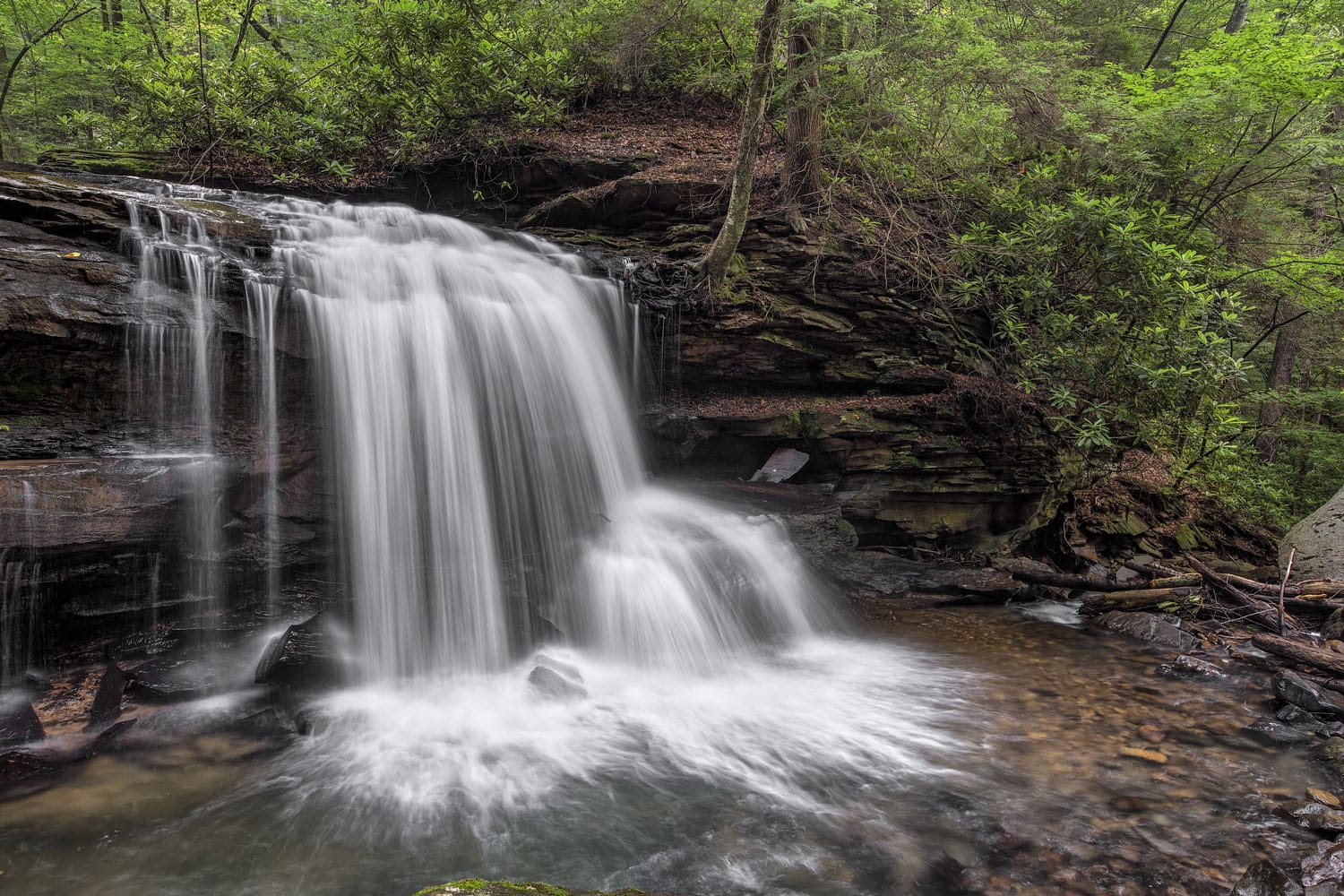The Nature Deprivation Problem
· 100 million people in the US don’t have green space within a 10-minute walk. 2
· People living in low tree density neighborhoods are 30% more likely to need anti-depressants than those in high tree density neighborhoods. 3
· City dwellers have a 20 percent higher risk of anxiety disorders and a 40 percent higher risk of mood disorders compared to people in rural areas. 4
· Mental Health America reports that in 2019-2020, 20.78% of adults were experiencing a mental illness.
· Greener neighborhoods raise children’s IQ by 2.6 points. 5
· Contact with nature is associated with lower blood pressure, increases in happiness, subjective well-being, positive affect, positive social interactions, and a sense of meaning and purpose in life, as well as decreases in mental distress. 6

Humans Need Nature
Humans, like all other species on Earth, evolved in the wild. Our brains, bodies, and senses evolved both capabilities and needs that are rooted in the shapes, sounds, and rhythms of the natural world. The human eye evolved to follow the organic curving lines of bio-form, the ear to attend to the near-silent whisper of wind in the trees, the mind to contemplate the symphony of playful, creative beings that constitute the biosphere, and the body to experience the cool embrace of morning among the flitting songbirds and waddling porcupines.
Research supports what we already know and feel. Numerous studies have shown spending time in nature can lead to significant improvements in physical and mental health, including reduced stress, increased creativity, and improved cognitive function. Perhaps even more importantly, contact with nature is a central source of meaning for many. Tragically, access to nature is unequal and many are deprived of verdant natural environments entirely.
Two major trends that contribute to nature deprivation are human population growth and urbanization. As the human population grows, we displace other species from their habitats and transform diverse native ecosystems into agricultural monocrops. In the place of hundreds of native plant species – corn. In the place of hundreds of native vertebrate species – cows and chickens. Worse still, an increasing amount of land is simply paved over or covered with other artificial surfaces to accommodate a growing human population. Either way, the natural world we depend on is rapidly vanishing.
Urbanization results in higher density living and greater land use efficiency (towers replace sprawl), but also makes nature more difficult to access for urbanites. Some ecosystem damage may be mitigated, but a growing number are unable to access or enjoy natural environments. Even where greenspace and sufficient transportation exist in or near urban environments, the higher the population density, the more crowded the accessible greenspace becomes. One must travel farther and farther afield to experience uncrowded nature, and so access diminishes.
Colcom Foundation’s position is that everyone has the right to access healthy, uncrowded natural environments. To help preserve and advance this right, the Foundation supports land conservation, urban forestry, environmental stewardship, and human population stabilization in the United States.
3 https://www.sciencedirect.com/science/article/abs/pii/S0169204614002941 AND Urban street tree biodiversity and antidepressant prescriptions | Scientific Reports (nature.com)
4 Stanford researchers find mental health prescription: Nature
5 https://journals.plos.org/plosmedicine/article?id=10.1371/journal.pmed.1003213
6 Nature and mental health: An ecosystem service perspective | Science Advances
